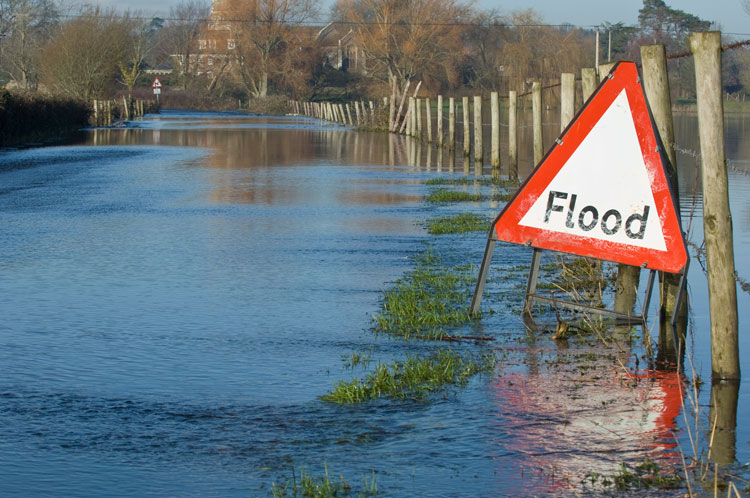
Many stories about California agriculture center around a lack of water, but that is not the case this week. The Golden State is being hammered by an intense storm that brought high winds, torrential rainfall, and subsequent flooding. Some parts of the state had recorded more than 16 inches of rain as of Tuesday.
Extreme weather conditions make farming even more challenging, and flooding is no exception. In Western United Dairies’ most recent weekly updated e-newsletter, a few resources were shared for dairy farmers dealing with excessive rainfall.
The article reminds farm owners that, during periods of heavy precipitation, any rainfall that contacts dairy manure or silage leachate needs to be maintained on the property and diverted into a collection pond. If offsite discharge is necessary, producers should contact their regional water quality control board.
In extreme cases where a farm needs to be evacuated, the California Dairy Quality Assurance Program, the California Dairy Research Foundation, and the California Department of Food and Agriculture prepared this list of action items. Likely the first step will be finding a relocation site that has room and will allow for uninterrupted milking for the lactating cows. Transportation must also be secured to get animals safely to their new location.
Contact should be made with the dairy processor and the milk inspection service. If moving animals to an inspected site, there should not be a change to the Grade A permit status. If the relocation site is a vacant dairy, an emergency inspection will need to take place to ensure all hygiene and sanitation standards are met.
Before leaving the premises, turn off electrical breakers and shut off the propane. It is recommended to leave building doors and windows open a few inches to equalize pressure.
Collect any farm records that are not backed up on a server. The experts also recommend documenting any expenses related to the evacuation in the case that a local or national emergency is declared and relief grants of loans become available.
If your dairy is the one opening its doors to house animals that had to be evacuated, be sure to set up an agreement with the other dairy to determine how costs, such as feed, labor, and medication, will be handled. Also record the number of head arriving in each trailer.
If possible, separate evacuated cows from the rest of the herd and milk them after the resident herd, but before the hospital or treated cows. Ensure that the cows can be easily identified in some way. If the cows’ current identification (different colored ear tags, for example) won’t work, marking chalk or paint can be used temporarily. Monitor the evacuated cows closely for signs of stress or illness.
As Mother Nature throws a different kind of challenge at California, it is a reminder to all to be prepared for the unexpected. A Farm Emergency Response Plan is one way dairies can be equipped to handle an array of situations.








